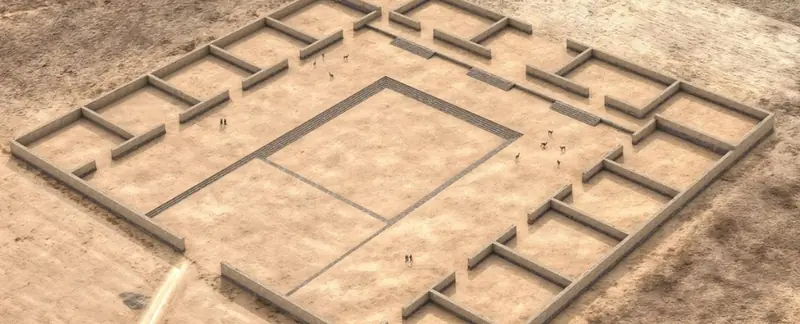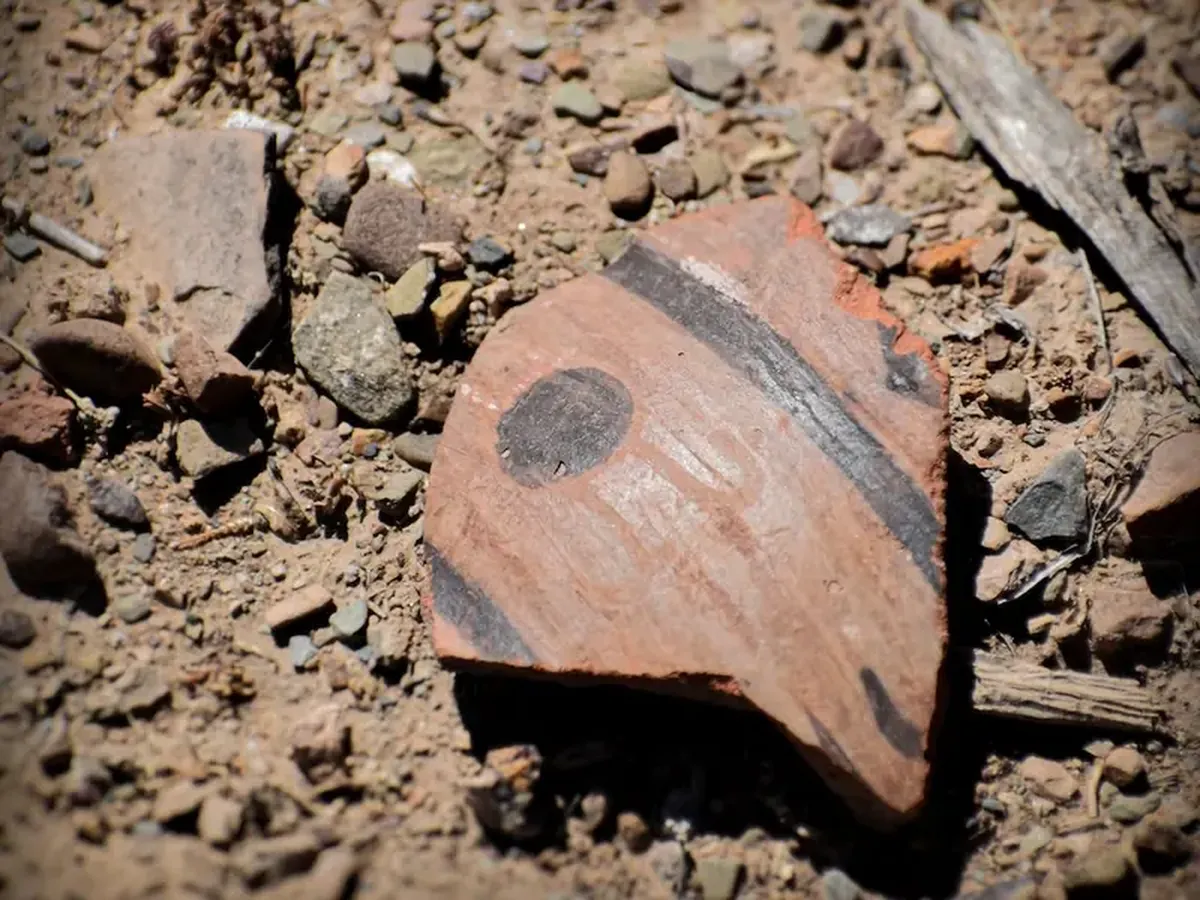
Long before the Incas arrived in the Andes, a civilization known as Tiwanaku thrived in the region. An international team of archaeologists led by José Capriles from the University of Pennsylvania has uncovered the ruins of a massive temple measuring 125 by 145 meters, left behind by this enigmatic society.
The ruined temple, referred to by locals as Palasapata, is situated atop a hill in Bolivia, 215 kilometers southeast of the Tiwanaku archaeological site.
The team believes this temple once served as a crucial strategic location, as it lies at the intersection of three major trade routes.
Researchers have yet to determine the cause of the decline of the Tiwanaku civilization. However, they know it was a complex culture that emerged around 110 AD and lasted until approximately 1000 AD. This civilization was characterized by a sophisticated cosmological religion, political structures, and an agro-pastoral economy, as reported by Science Alert.
By the time the Incas conquered the Andes in the 15th century, the Tiwanaku society had long since fallen into decline, noted Dr. Capriles.
What Else Do Archaeologists Know?
“The remnants of Tiwanaku’s architectural monuments, such as pyramids, terraced temples, and monoliths, are mostly scattered around Lake Titicaca; and while it is known that the influence of this civilization extended much further, scholars are still debating the extent of its actual control over distant territories,” said the lead researcher.
Using drone imagery and photogrammetry, the team created a detailed 3D model of the temple. According to Dr. Capriles, because the details were quite blurred, researchers had to combine several satellite images.
The enormous temple features 15 enclosed rooms arranged around a central courtyard. This design is typical of Tiwanaku culture, which left behind numerous temple ruins; most of them are concentrated near the southern shores of Lake Titicaca.
The main entrance of the discovered structure faces west, towards the solar equinox. The temple is filled with numerous artifacts that testify to the lives of the ancient people: fragments of ceramic kero cups, vases, pitchers, and incense burners. Kero cups were used during ceremonies for drinking chicha, a traditional corn beer.

Archaeologists also found several samples of Karangas pottery with black inscriptions on a red background, fragments of camel bones, a few pieces of turquoise, and a shell from a Peruvian sea snail.
Religion played a significant role in Tiwanaku society. The ancient inhabitants of the Andes constructed such grand edifices not only for spiritual practices but also to extend their control over the surrounding areas.
“Most economic and political agreements had to be made with the mediation of a deity, as this was a common language for cooperation among different groups of people,” noted Dr. Capriles.
The findings of the research were published in the journal Antiquity.
